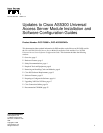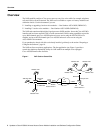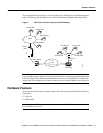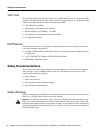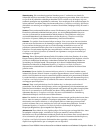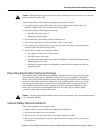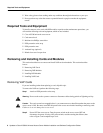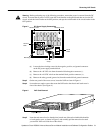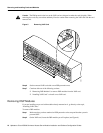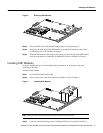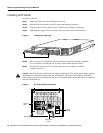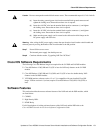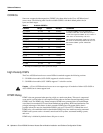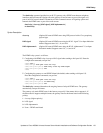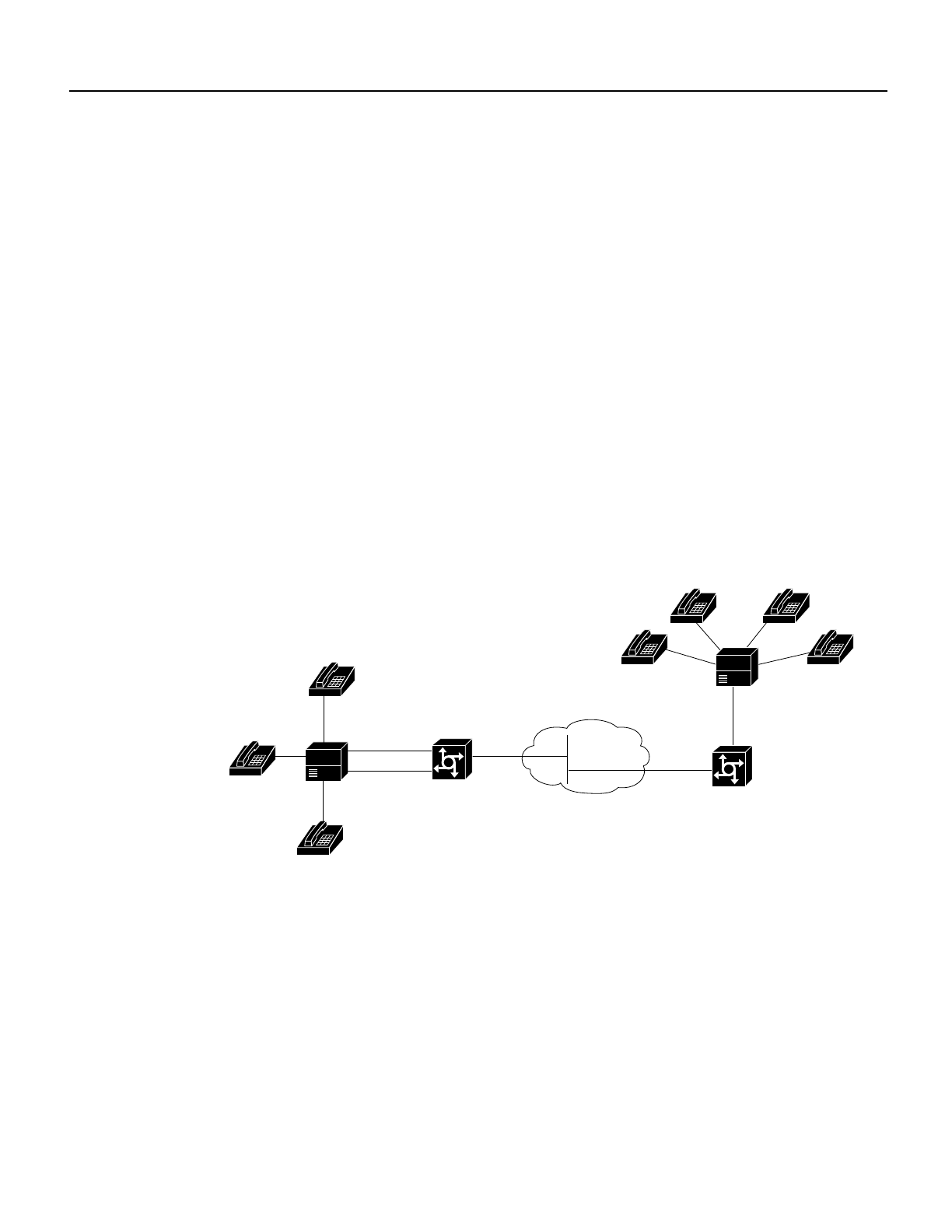
2 Updates to Cisco AS5300 Universal Access Server Module Installation and Software Configuration Guides
Overview
Overview
The VoIP capability enables a Cisco access server to carry live voice traffic (for example, telephone
calls and faxes) over an IP network. The VoIP card is available as a spare or a factory-installed card
within the chassis. Use this document if you are:
• Installing or upgrading 6 session voice modules — Part Number AS53-6VOX (DSPM 542)
• Installing 12 session voice modules — Part Number AS53-VOXD (DSPM 549)
The VoIP card contains multiple digital signal processor (DSP) modules. It uses the Cisco AS5300’s
interface and local-area network (LAN) or wide-area network (WAN) routing capabilities to provide
up to 48/60 channels per Cisco AS5300 universal access server using the AS53-6VOX voice
modules, and up to 96/120 channels per Cisco AS5300 universal access server using the
AS53-VOXD voice modules.
If you purchased a chassis with this card already installed, go directly to the section “Preparing to
Configure the Software,” page 16.
The VoIP card has two primary applications. The first application (see Figure 1) provides a
central-site telephony termination facility for VoIP traffic from multiple voice-equipped
Cisco AS5300 remote office facilities.
Figure 1 VoIP Card as Central Site
408 555-1002
408 555-1001
408 555-1003
729 555-1000 729 555-1003
729 555-1001 729 555-1002
Cisco AS5300
Access Server 1
WAN
WAN
T1 ISDN PRI
T1
ISDN PRI
10.1.1.1
10.1.1.2
IP
cloud
Cisco AS5300
Access Server 2
Voice port 0:D
Voice port
0:D
18198
1:D



